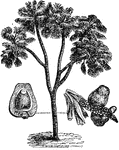Clipart tagged: ‘palms’

Admiralty's Anchor
"The Admiralty anchor differs only from the ordinary anchor in having a nut, a, worked on the square,…

Bower Anchor
"A, is the cathead; B, the fish davit; C, and E, bollards; D, the bill-board. The anchor is held in…
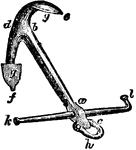
Common Anchor
"The shank is the straight part, ab; the square, ac, is that part of the shank to which the stock and…
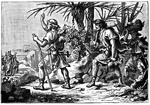
Joshua and Caleb Return from Canaan with the Other Spies
"And they came unto the valley of Eshcol, and cut down from thence a branch with one cluster of grapes,…

Martin's Anchor
"The anchor is represented in the position in which it lies on the ground just before taking hold. The…

Coquila Palm
A South American palm whose fibrous make up is used in industry and it also produces te coquilla nut.

Date Palm
"Date Palm is a genus of palms, the most important species of which is the common date palm, the palm…
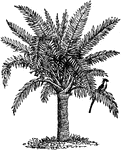
Sago Palm
A starchy product obtained from the trunk of several species of a genus of palms named Sagus, and chiefly…
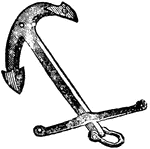
Rodger's Anchor
"The stock is of iron in large as well as small anchors, and is made with a mortice, to fit over the…

A Scene In Arabia
An illustration of an outdoor scene in ancient Arabia. Pictured are camels, shepherds, and others going…
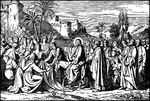
The Triumphant Entry of Jesus into Jerusalem
"And they bring the colt unto Jesus, and cast on him their garments; and he sat upon him. And many spread…
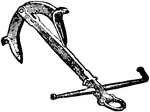
Trotman's Anchor
"The stock is of iron, similar to the Admiralty anchor; the shank is of rectangular section, somewhat…


